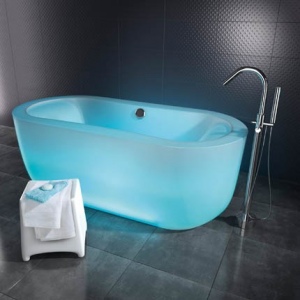Brick-and-mortar merchants have a big advantage over all other types of merchants — the opportunity to lure in customers with colorful, eye-catching and even whimsical window displays. In fact, think of your store windows as billboards for your brand! If you’re a small business and retail is your game, read on to discover a dozen ways to improve your window displays, starting with . . .
1. What’s your theme? Every display should have an overarching theme. Once you choose it, stick to it! Every item you choose to include should relate to the theme; if not, chuck it and find another that does.
2. Tell a story — and make it visual! Take a page from major retailer Macy’s holiday playbook and create a story that plays out in your window. Be inspired by the season, community activities or anything else that moves you. Then make it as visually interesting as possible! Your goal is to stop passersby in their tracks, grab their attention and motivate them to enter your store to learn more and make a purchase.
3. Keep the focal point of the display at the customer’s eye level. It’s likely that the floor of your window display area is not at street level, where your target audience is. A trick used by professional window dressers is to start the process by standing on the street and running colored tape across the window horizontally at your eye level. Once your main display items are placed along that line, go vertical to fill in the rest of the scene, placing other items at varying heights to complement the primary focus.
4. Push the merchandise. Once the display captures the attention of shoppers, you want them to remember what you’re selling. Don’t go so over the top that the merchandise fades into the background.
5. Grab the viewer’s attention in the few seconds you have before they move on. In addition to being attractive, your display should also be well lit because if it can’t be seen clearly, why go through all the bother? Colors and shapes should be bold, for the same reason. Customers should be able to see your display from a distance, piquing their interest and giving them time before they reach your door to decide to step inside.
6. Avoid clutter. Lines should be clean and fewer is better when it comes to items, although some marketing consultants advise that large numbers of the same item can make a bold statement. Don’t overwhelm pedestrians with tons of bling when an understated approach can be much more effective. Subscribe to the old adage “Less is more.”
7. Update your windows regularly. Nothing’s sadder than a store window that’s out of date (balls of holly in February?) or just looks tired. At minimum, create a new display every couple of months. Keep it simple and it shouldn’t cost you a lot in time or money. Pedestrians and even motorists will check out your store more often in anticipation of what they’ll see next.
8. Be inventive. You are limited only by your imagination, so let it be your guide. Google “window display images” for inspiration, or check out other merchants’ displays if you need to stimulate your thought process.
9. Don’t forget the backdrop. It completes the picture and can be useful not only for separating your store from your display but to set the mood and create a dramatic scene.
10. Consider using window films. These perforated vinyl skins that install over your large-paned showcase windows look like mural-sized posters to observers from the outside but allow natural light to shine through. Alternatively, invest in some banners or seasonal and personalized stickers in self-adhesive or self-cling material.
11. Surprise your customers with the unexpected. Predictable is so last century! Keep it fresh by manipulating size, color, shapes or whatever you have, but deliver something out of the box.
12. Take lots of pictures of your favorite displays. Keep track of what worked and what didn’t so you know what to do in the future. And keep any “set dressing” that can be recycled into future window displays.
Finally, have fun because customers will always want to shop where they think they’ll have a good time!
About the Author: Beth Longware Duff writes about small business merchant services, credit card machines and credit card processing.
A Dozen Steps to Better Small Business Window Displays





